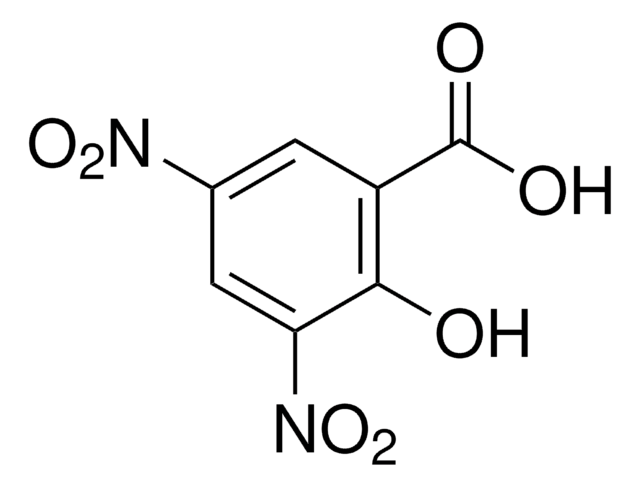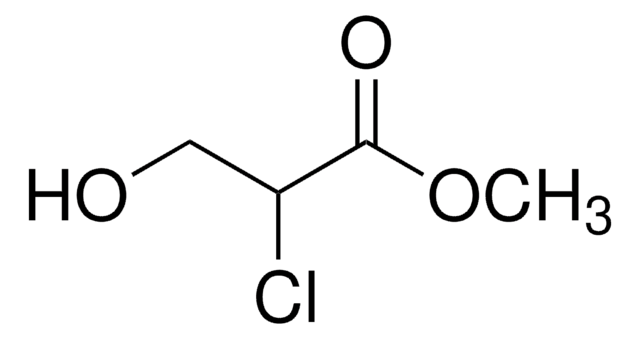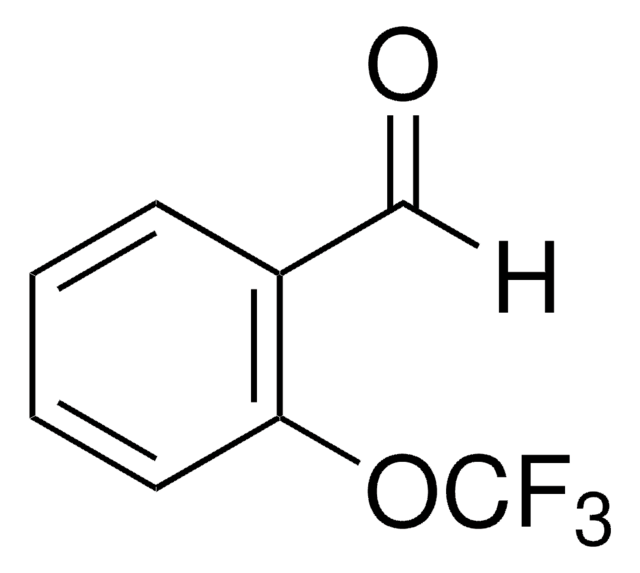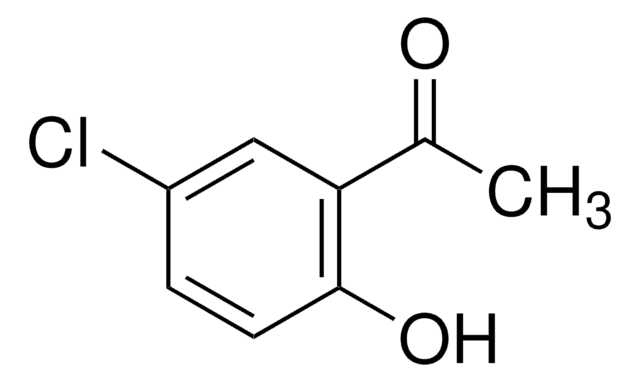Alle Fotos(2)
Wichtige Dokumente
E7033
pFLAG-CMV-2 Expression Vector
shuttle vector for intracellular transient expression of N-terminal Met-FLAG
Anmeldenzur Ansicht organisationsspezifischer und vertraglich vereinbarter Preise
Alle Fotos(2)
About This Item
UNSPSC-Code:
12352200
Empfohlene Produkte
Markierung
FLAG® tagged
Qualität
for molecular biology
shuttle vector for intracellular transient expression of N-terminal Met-FLAG
Form
buffered aqueous solution
Lage der Peptid-Tags
N-terminal
Versandbedingung
dry ice
Lagertemp.
−20°C
Allgemeine Beschreibung
The pFLAG-CMV™-2 Expression Vector is a 4.7 kb derivative of the pCMV5 transient expression vector1 for intracellular expression of N-terminal Met-FLAG® fusion proteins in mammalian cells.
pFLAG-CMV-2 Expression Vector is a shuttle vector for E. coli and mammalian cells. Efficiency of replication and genomic integration is optimal when using an SV40 T antigenexpressing host.
The pFLAG-CMV-2-BAP Control Plasmid is a 6.1 kb derivative of the pCMV5 transient expression vector1 for intracellular expression of N-terminal Met-FLAG bacterial alkaline phosphatase fusion protein in mammalian cells.
Vector Maps and Sequences
pFLAG-CMV-2 Expression Vector is a shuttle vector for E. coli and mammalian cells. Efficiency of replication and genomic integration is optimal when using an SV40 T antigenexpressing host.
The pFLAG-CMV-2-BAP Control Plasmid is a 6.1 kb derivative of the pCMV5 transient expression vector1 for intracellular expression of N-terminal Met-FLAG bacterial alkaline phosphatase fusion protein in mammalian cells.
Vector Maps and Sequences
Komponenten
- pFLAG-CMV™-2 Expression Vector 20 μg (E7398) is supplied as 0.5 mg/ml in 10 mM Tris-HCl pH 8.0 in 1 mM EDTA.
- pFLAG-CMV™-2-BAP Control Plasmid 20 μg (P5100) is supplied as 0.5 mg/ml in 10 mM Tris-HCl (pH 8.0) with 1 mM EDTA.
Prinzip
The promoter-regulatory region of the human cytomegalovirus drives transcription of FLAG®-fusion constructs.
Rechtliche Hinweise
FLAG is a registered trademark of Merck KGaA, Darmstadt, Germany
pFLAG-CMV is a trademark of Sigma-Aldrich Co. LLC
Lagerklassenschlüssel
10 - Combustible liquids
Hier finden Sie alle aktuellen Versionen:
Analysenzertifikate (COA)
Lot/Batch Number
Leider sind derzeit keine COAs für dieses Produkt online verfügbar.
Wenn Sie Hilfe benötigen, wenden Sie sich bitte an Kundensupport
Besitzen Sie dieses Produkt bereits?
In der Dokumentenbibliothek finden Sie die Dokumentation zu den Produkten, die Sie kürzlich erworben haben.
Jing Ouyang et al.
Blood, 117(16), 4315-4322 (2011-02-09)
Posttransplant lymphoproliferative disorders (PTLDs) are potentially fatal, EBV-driven B-cell malignancies that develop in immunocompromised solid organ or hematopoietic stem cell recipients. In PTLD, the expression of EBV proteins, including latent membrane protein 1 (LMP1) and LMP2A, viral immune evasion strategies
Li Yang et al.
Cancer research, 67(12), 5587-5593 (2007-06-19)
Evidence indicates that the induction of cyclooxygenase-2 (COX-2) and high prostaglandin E2 (PGE2) levels contribute to the pathogenesis of non-small-cell lung cancer (NSCLC). In addition to overproduction by COX-2, PGE2 concentrations also depend upon the levels of the PGE2 catabolic
Michiko Tanaka et al.
Virology journal, 5, 125-125 (2008-10-23)
The herpes simplex virus 1 (HSV-1) UL7 gene is highly conserved among herpesviridae. Since the construction of recombinant HSV-1 with a mutation in the UL7 gene has not been reported, the involvement of HSV-1 UL7 in viral replication has been
Chun-Hung Lin et al.
The FEBS journal, 274(11), 2946-2956 (2007-05-10)
The mammalian nitrilase (Nit) protein is a member of the nitrilase superfamily whose function remains to be characterized. We now show that the nitrilase family member 2 gene (NIT2) is ubiquitously expressed in multiple tissues and encodes protein mainly distributed
Kohsuke Tsuchiya et al.
Journal of immunology (Baltimore, Md. : 1950), 185(2), 1186-1195 (2010-06-23)
Listeria monocytogenes invades the cytoplasm of macrophages and induces the activation of caspase-1 and the subsequent maturation of IL-1beta and IL-18. Although apoptosis-associated speck-like protein containing a caspase-activating and recruitment domain (ASC), an adaptor protein of nucleotide-binding oligomerization domain (Nod)-like
Unser Team von Wissenschaftlern verfügt über Erfahrung in allen Forschungsbereichen einschließlich Life Science, Materialwissenschaften, chemischer Synthese, Chromatographie, Analytik und vielen mehr..
Setzen Sie sich mit dem technischen Dienst in Verbindung.







